Illinois Crop Update – September 9, 2023
Russ Higgins – Extension Commercial Ag Educator
Grundy County
Soil Conditions: Moderately Dry (soil is dry, plants may be browning or stressed, water bodies are low)
Corn is at R5 (dent), and most soy is at R6 (full seed). Fields that still have green tissue are benefitting from recent rainfall. Areas that experienced drought conditions after pollination and during grain fill can expect corn kernel abortion near the ear tip and smaller and lighter kernels. This would be a good year to check stalk strength among hybrids and plan field harvest order accordingly. Some encouragement to hand-pull surviving waterhemp in fields before they produce viable seed. Last week at the Farm Progress Show, Dr. Aaron Hager’s team demonstrated waterhemp samples collected from populations that were resistant to six herbicide modes of action. This includes group 4, the growth regulators which include 2,4-D and dicamba. It has been an uneventful insect pest year to date; however, soybean aphids were recently collected in northeast Illinois by the Suction Trap Network and stink bugs are easily found in soy fields I have visited.
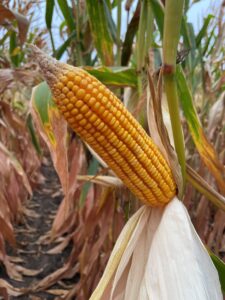
Figure 1: Corn – Grundy County, September 7, 2023
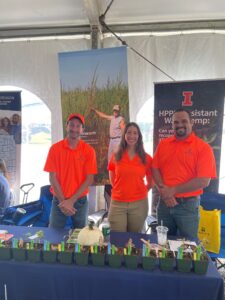
Figure 2: Resistant waterhemp – 2023 Farm Progress Show
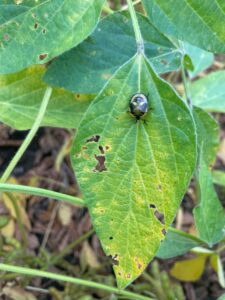
Figure 3: Green stink bug nymph. Grundy County, September 7, 2023.
Doug Gucker – Extension Local Food Systems and Small Farms Educator
Macon County
Soil Conditions: Mildly Dry (soil is drier than normal, plant growth may have slowed)
Here in my 3-county area (DeWitt, Macon & Piatt), soybeans are in either R7 – beginning maturity or R8 – full maturity stage. All corn fields are in the dent or R5 stage with many fields in the R6 – physiological maturity. A few farmers have started to harvest mature early corn varieties. Noting grasshopper feeding damage on field edges (figure 5). Areas of local fields where corn was stressed during grain fill are showing signs of stalk quality issues and lodging. It might be worth your time to check stalk quality in corn fields to prevent lodging losses.
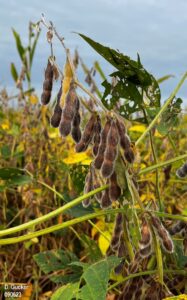
Figure 4: Soybeans at R8 or Full Maturity stage.

Figure 5: Corn at R6 or Physiological Maturity stage. This ear is showing signs for grasshopper feeding damage.
Talon Becker – Extension Commercial Agriculture Educator
Champaign County
Soil Conditions: Mildly Dry (soil is drier than normal, plant growth may have slowed)
The corn and soybean crop in northeast Champaign County is continuing to progress towards maturity. Average temperatures have started to decline, but many fields of corn and soybean are either at, or more commonly, approaching physiological maturity. Some later season soybeans are still very green across their canopy, but those fields are generally at or very near R6 (full seed). Approximately 10% of soybean fields I saw in my tour through that portion of the county were in the later stages of R7 (beginning maturity), while most were at R6 (full seed) and early R7. A similar proportion, although probably a bit lower than 10%, of corn fields appeared to be at R6 (physiological maturity/black layer) based on field checks and a windshield survey.
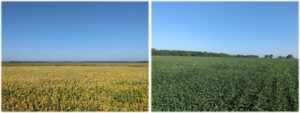
Figure 6: Earlier maturity soybeans senescing, later maturity soybeans still green. Champaign County, Sept. 9, 2023.

Figure 7: Corn at R5 (dent), but varying stages of dry matter accumulation (milk line). Champaign County, Sept. 9, 2023.
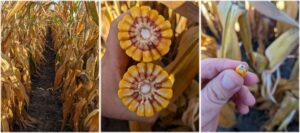
Figure 8: Corn starting to reach R6 (physiological maturity/black layer). Champaign County, Sept. 9, 2023.





